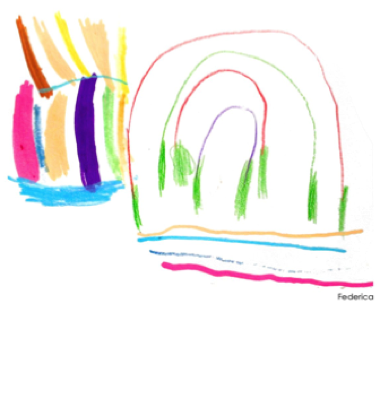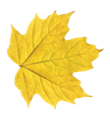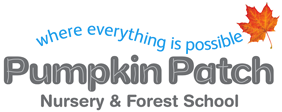


Social Media
The Reggio Emilia Approach is an innovative and inspiring approach to early childhood education which values the child as strong, capable and resilient; rich with wonder and knowledge. Every child brings with them deep curiosity and potential and this innate curiosity drives their interest to understand their world and their place within it.
The Hundred
Languages of
Children
by Loris Malaguzzi
This poem was written by an Italian educator from Reggio Emilia, Italy, and translated by LeIla Gandini, one of his colleagues. The Reggio Emilia schools have garnered much recognition and praise for their elegant approach to early education and care. Their approach draws upon research and learning theory conducted over the past century, and so rather than being an "import", this approach is an integration of all that we know about good early education and care. This poem is both a celebration of all children have to offer, while also an indictment of educational practices which they see as actually destructive to children's learning. We use many of Reggio's practices in our work, and this poem represents our thinking as well.
No way. The hundred is there.
They tell the child: to think without hands
to do without head
to listen and not to speak
to understand without joy
to love and to marvel
only at Easter and at Christmas.
They tell the child: to discover the world already there
and of the hundred they steal ninety-nine.
They tell the child: that work and play
reality and fantasy
science and imagination
sky and earth
reason and dream
are things
that do not belong together.
And thus they tell the child
that the hundred is not there.
The child says: No way.
The hundred is there.
The child is made one hundred.
The child has a
hundred languages
a hundred hands -
a hundred thoughts
a hundred ways of thinking
of playing, of speaking.
A hundred always a hundred
ways of listening
of marvelling, of loving
a hundred joys
for singing and understanding
a hundred worlds
to discover
a hundred worlds
to invent
a hundred worlds to dream.
The child has a hundred languages
(and a hundred hundred hundred more)
but they steal ninety-nine.
The school and the culture
separate the head from the body.
Loris Malaguzzi




Where do
rainbows
come from?
Esme: Rainbows are from yackyyackoh
Frederico: The rain makes the colours
Ella: They come from the sky
Esme: The come from a cucumber. Then you eat them and have rainbows in your tummy.
They come from a space ship from outer space!
Amir: When it’s rainy and sunny the rainbow comes out



What is the
Reggio Emilia approach?

